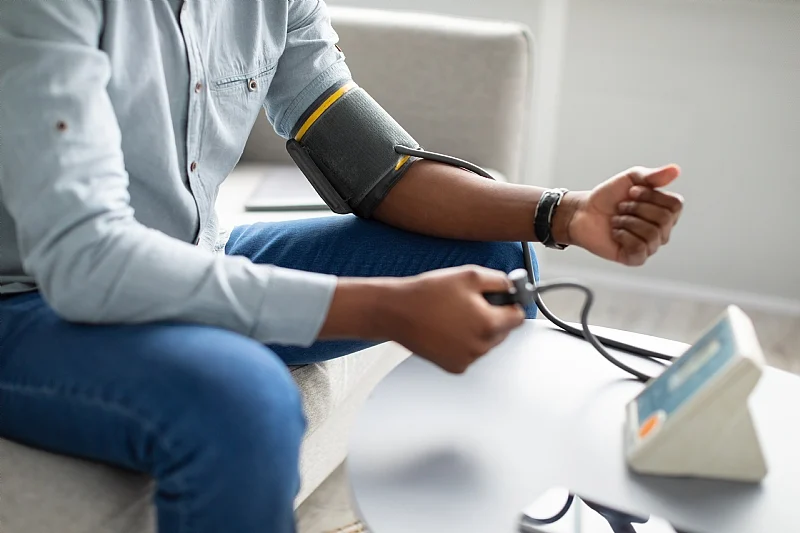In self-monitoring Blood glucose, follow these steps: 1. Wash hands with warm water. It is not necessary to clean the site with alcohol, and it may interfere with test results. Fingers should dry before puncturing.2. If it is difficult to obtain a drop of blood, warm the hands in warm water or let the arms...





